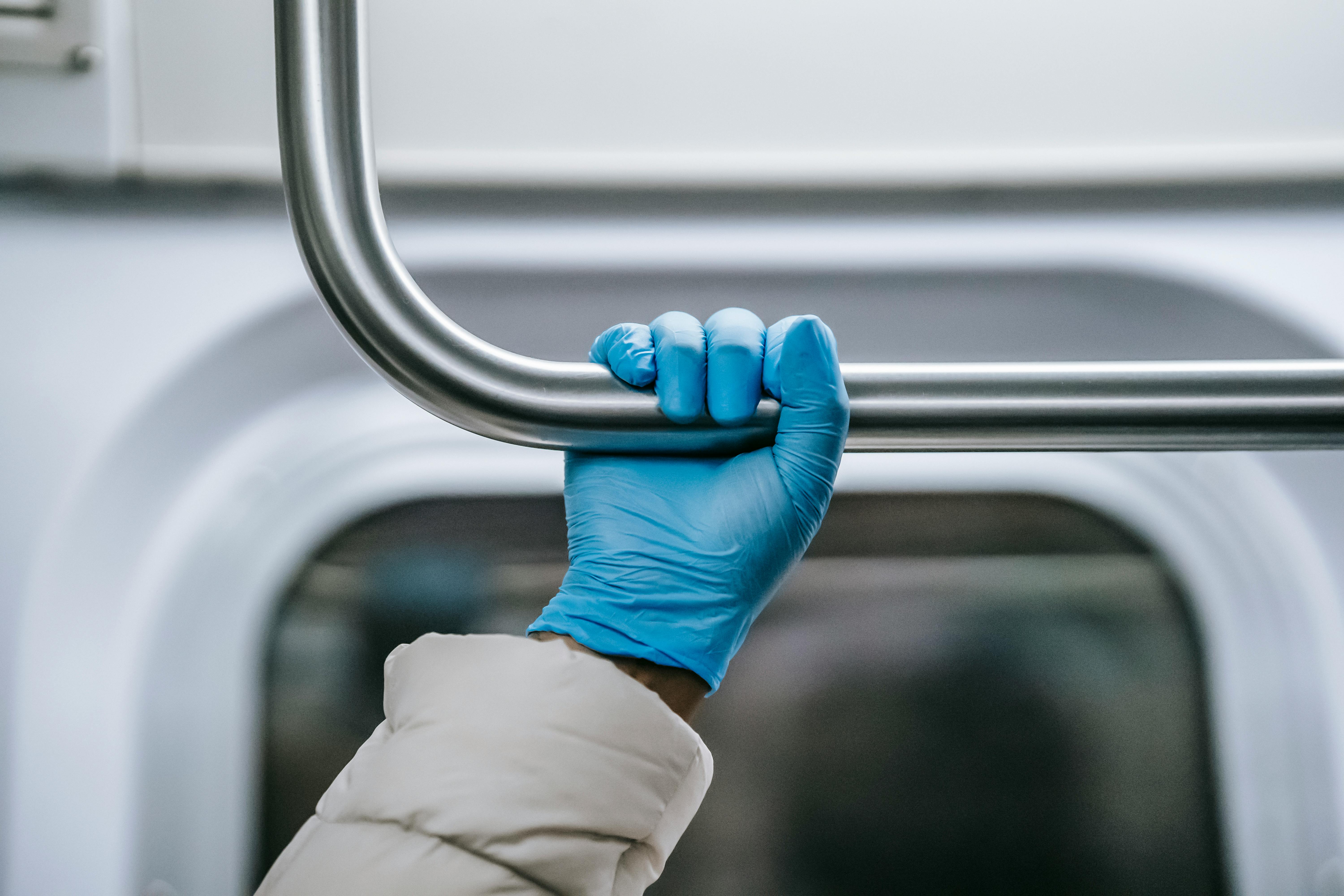The basics of how a turbo wastegate works
If you want to understand which boost controller might be right for you, you need to have a basic understanding of the turbo system. The turbo is essentially a supercharger, powered by exhaust gases. The function of any supercharger is to force more air into the system than the engine could draw with its own pumping action. The atmosphere itself will not create energy. Instead, it allows more fuel to burn. So while many of us focus on “momentum,” momentum alone will not be enough. The truth is, in the gasoline engine example, the boost alone causes a lean condition and destruction of the engine. Much more on that in a future article.
We mentioned that your turbo is actually an exhaust supercharger. The supercharger is simply a kind of belt driven air compressor, exhaust, motor unit, etc. There are several types of compressors used in supercharger systems, although with turbos, you basically work with a compressor wheel. This wheel uses a combination of inductor and exducer to introduce air at atmospheric pressure and feed it into the motor. There’s a lot more to that, but this is a “staple” item, so that’s all we need to have for now.
Linked to the compressor wheel (literally connected by the shaft) is the exhaust turbine. That’s where the nickname “turbo” comes from. The hot exhaust from the engine is directed onto the turbine, causing it to rotate. This, in turn, causes the entire side of the compressor to draw more air into the engine, creating a “boost” pressure. This allows the engine to:
1) Burns more fuel
2) make more power
3) Make more exhaust to drive the turbine.
If not checked, the cycle repeats 1,2,3 1,2,3 1,2,3 until BOOM! Its engine self-destructs. It is not the most effective arrangement, so we want a solution to prevent its power from rising uncontrollably. Enter through the dump valve. The discharge valve is actually a valve (literally a “gate”) that allows a large amount of exhaust gases (waste) to bypass the turbine. Now we can add a fourth step:
4) The discharge gate opens, allowing the turbine to decrease and the boost pressure (and by extension, power) to decrease. Then the cycle repeats. Connected to the dump valve, there is a dump valve actuator. This is just a spring loaded diaphragm that keeps the discharge gate closed, until a certain boost pressure is reached. As soon as the boost pressure is sufficient to overcome the spring pressure, the discharge gate opens and the boost pressure drops. The cycle will repeat, if there is enough exhaust pressure and boost (that is, when you keep your foot on it).
This basic device is sufficient for the turbo unit to work. The boost pressure will be adjusted to what the relief valve actuator spring supports. However, we want more momentum. So we have to figure out a method to make the boost pressure adjustable. Say hello to the boost controller. Most factory OEM turbo systems add an electronic boost control system to the equation. These systems are generally not user adjustable, however they work exactly the same as aftermarket systems. In my next article, I will explain how the best electronic and manual impulse controllers (MBC) work.
